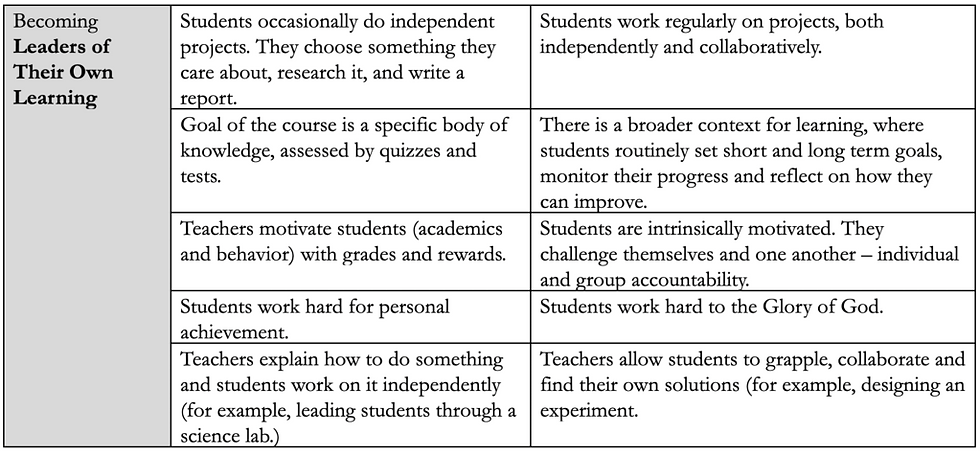Deeper Learning: What We Need in the 21st-Century Classroom
- Steven Levy

- Oct 3, 2021
- 2 min read
Updated: Jan 2, 2023
A version of this article was originally published on the CACE Blog on October 30, 2017.
The phrase “Deeper Learning” was coined by the Hewlett Packard Foundation in 2010 to define what they saw as skills necessary for the “jobs of tomorrow.” They defined a set of competencies students would need to compete globally and to become engaged citizens at home in the 21st century.
The impulse to create these competencies came from the realization that the job market has changed significantly, but our K-12 classrooms still operate in the same way as they did in the industrial era in the early 1900s.
The Hewlett Packard Foundation defined Deeper Learning by six competencies that students need to succeed in and out of school. The first four, often called the 4 Cs, are: content, collaboration, critical (and creative) thinking, and communication. Two others have to do with the attitude of the learner: positive/growth mindset and independent learning, or becoming leaders of their own learning.
Many of our Christian schools are still structured like they were in the industrial era. A number of Christian educators have been asking what Deeper Learning might look like in a Christian school. There have been a handful of informal gatherings to explore this. Momentum is growing to define 21st century skills in the context of “He who is the same yesterday, today and tomorrow,” and provide support for schools who might be interested in reimagining what a Christian school might look like, or in aligning their practices more intentionally with their mission.
The chart below describes some of the differences you might see in traditional vs. deeper learning classrooms, according to the Hewlett Packard Foundation’s six competencies.






Informed by:
“Decoding Deeper Learning in the Classroom.” William and Flora Hewlett Foundation and Education Writer’s Association
“Mission and Values of Deeper Learning.” Dan Beerens, CACE





Comments